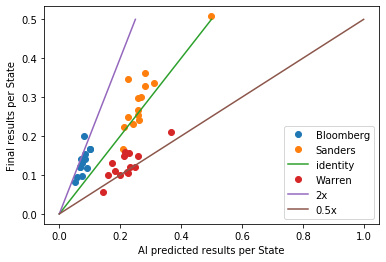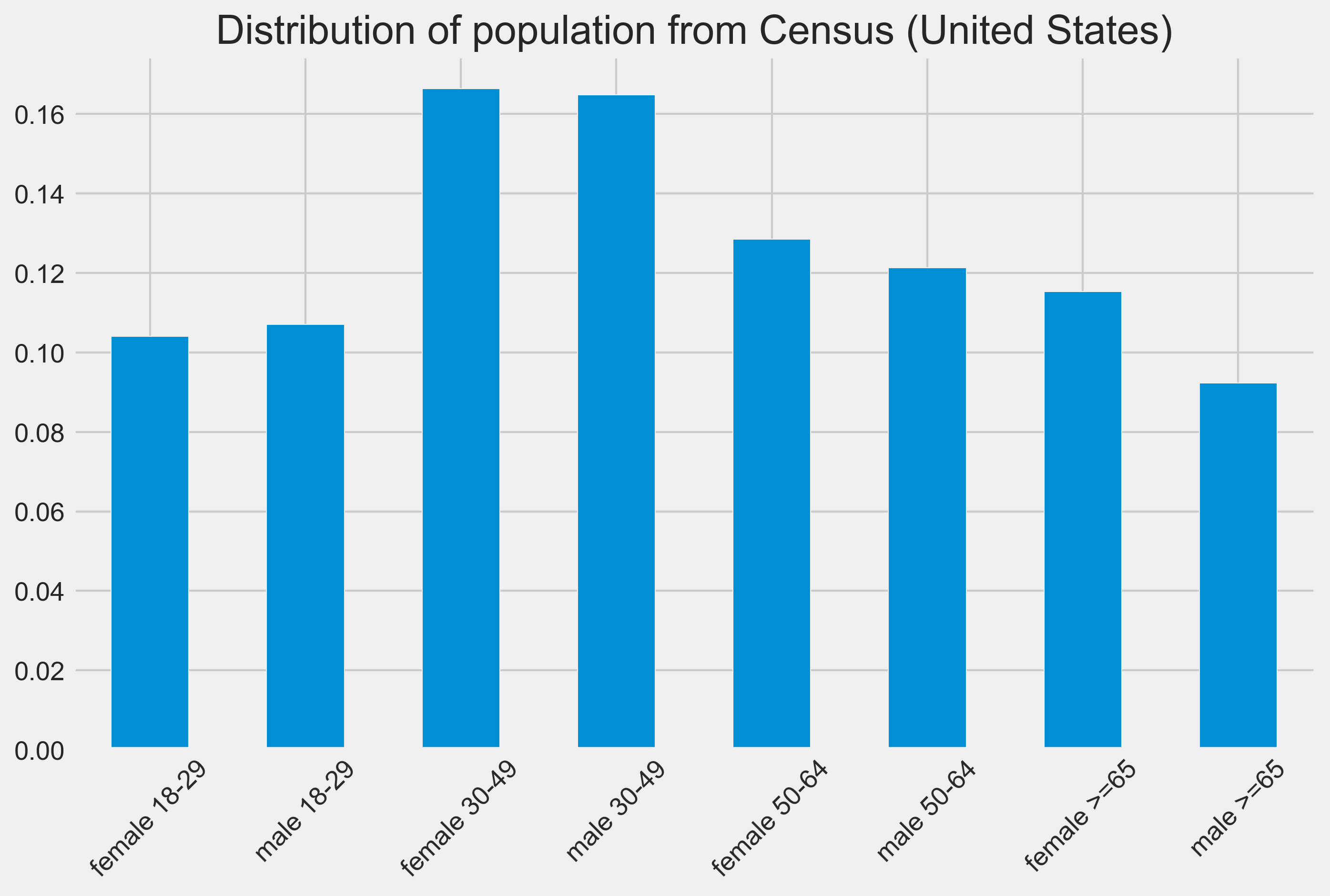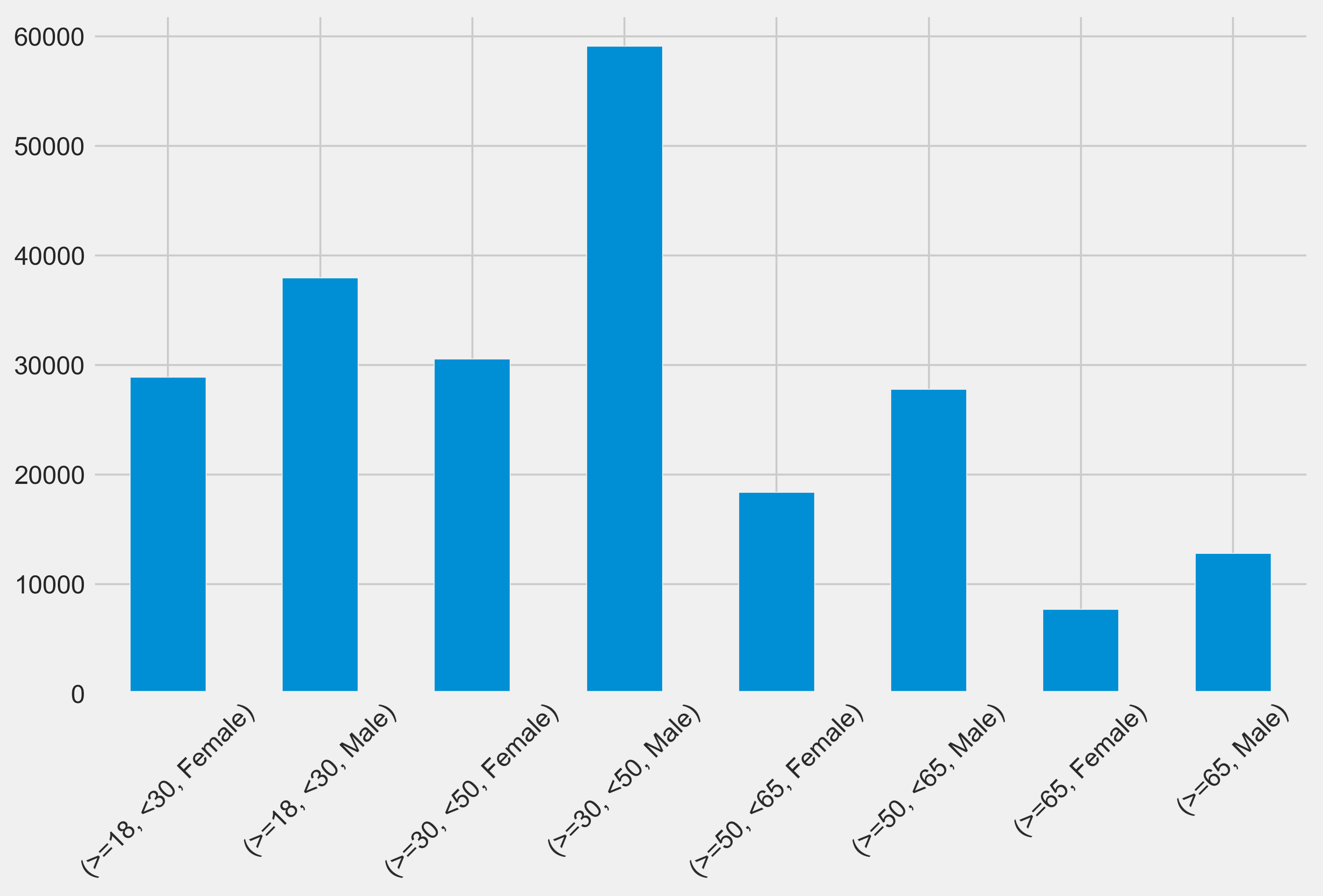US 2020 Presidential Election - Real-time AI Predictions from Kcore Analytics
Massive number of tweets are analyzed using Artificial Intelligence to provide a real-time estimate of likely voting behavior today. We update our predictions daily at 2AM.
Nationwide Kcore Prediction of Presidential election
Statewide Kcore Prediction of Presidential election
Statewide Official results of Presidential election (Wikipedia)
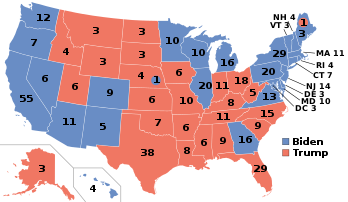
Estimated Electoral Votes
Instantaneous Prediction of Presidential election (14-day window)
Hashtag co-occurrence network between Trump and Biden
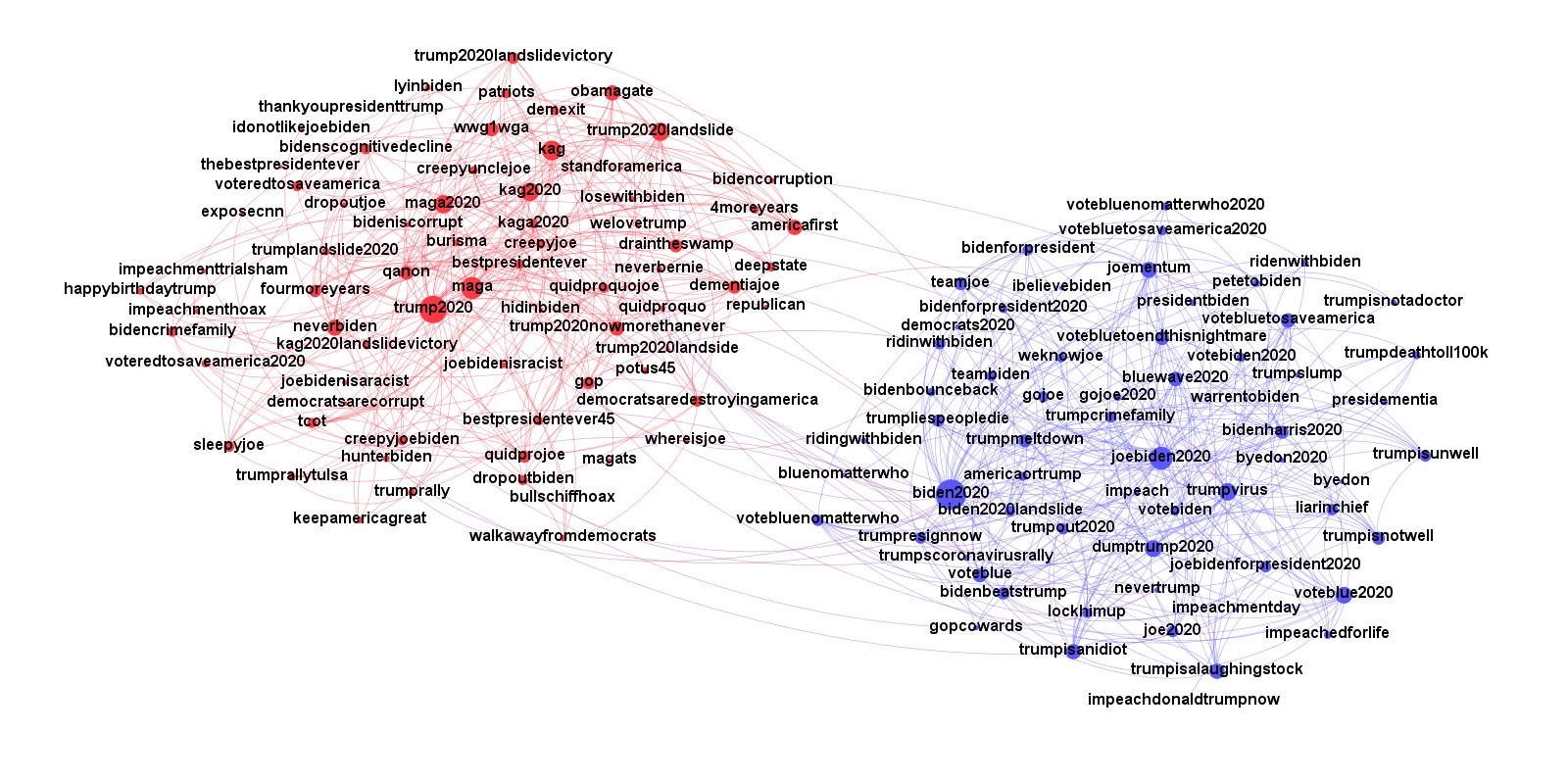
-
BLOG
-
Update November 3, 2020. Final predictions of the AI model on election day.
Popular vote: Biden = 52.27%, Trump = 47.73%. AI model on election day: Biden = 52.10%, Trump = 47.90% Electoral college. Biden = 306, Trump = 232. AI model on election day: Biden = 277, Trump = 261.
-
Update July 16, 2020.
We train one AI model (AWS-LSTM) for opinion classification of users' tweets, of which accuracy reaches 89.5% on test dataset.
-
Update March 16, 2020. March 17th Predictions and Analysis of Mini-Tuesday Election Results.
We release the KCore predictions for the Democratic Primaries in Arizona, Florida, Illinois and Ohio on March 17th. The KCore predictions for Mini-Tuesday largely matched the election results on March 10th, especially in the highly contested state of Michigan (MI). KCore election predictions are improving with every new state as we continue to calibrate the AI models.
Rural areas will be key to estimate the general election in November and are the most difficult areas to sample. Low Twitter coverage in rural areas led our model to under-predict the large margin (+60%) of Biden over Sanders in Mississippi (MS). We are improving rural coverage by clustering votes in similar areas.
-
- Update March 5, 2020. Super Tuesday First Impressions: Why Biden won.
Joe Biden's landslide victory was a big surprise and proved elusive for most pollsters. Even though our predictions did not capture Biden's last minute gains, we actually found very interesting results that clearly explain his victory.
Our analysis shows that half of voters who expressed intention to vote for Warren in Twitter before the election, ended up voting for Biden on election day. This change occurred practically at the urns. On the other hand, all supporters of Sanders on Twitter, voted, indeed for Sanders. These trends are clearly seen when we compare the actual vs predicted results for Sanders and Warren in the plot below. Our AI predictions were exact, state by state, for Sanders (r2 =0.86) and we overestimated Warren by a factor of 2x in every state (see plot below). When we assign half of Warren's supporters to Biden, we obtain an almost perfect match with the results of the Super Tuesday election for all states (except for CO and UT, see Adjusted Super Tuesday Democratic Primary Election map above).
This analysis suggests that Sanders seems to have already reached its ceiling and Biden should increase even further his base by gathering the remaining voters of Warren and Bloomberg. In short, Sanders support may not be enough to secure his nomination, which opens the path for a Biden victory.
- Update March 3, 2020. We will start our daily predictions for the general election soon. We will also provide a throughout analysis of opinion trends in the Twitter social network of voters by following influencers, bots, hashtag co-occurence networks, the spreading of fake news and all the opinion trends related to the US2020 election. Stay tune.
- Update March 2, 2020. We release our first prediction for Super Tuesday March 3rd, Democratic Primary elections.
- Update March 1, 2020. As of March 1, we have collected and classified 100+ million tweets on the US 2020 election from 10+ million users.
- Update February 1, 2020. We use artificial intelligence to predict the opinion of million of users from Twitter. The Twitter data is selected both by content and by frequency eliminating bots so it is quite robust to predict the results. It is measured in real time and we can identify influencers, hashtags and the results at the same time.
- Update September 2, 2019. Our methodology follows state-of-the-art approaches in Computational Social Science, Network Theory and Artificial Intelligence. Our framework is explained in a series of scientific papers published in Nature, Nature Communications, Scientific Reports and other scientific journals at KcoreLab.
- Update September 1, 2019. We started the data collection for the 2020 United States presidential election.
- Update March 5, 2020. Super Tuesday First Impressions: Why Biden won.
